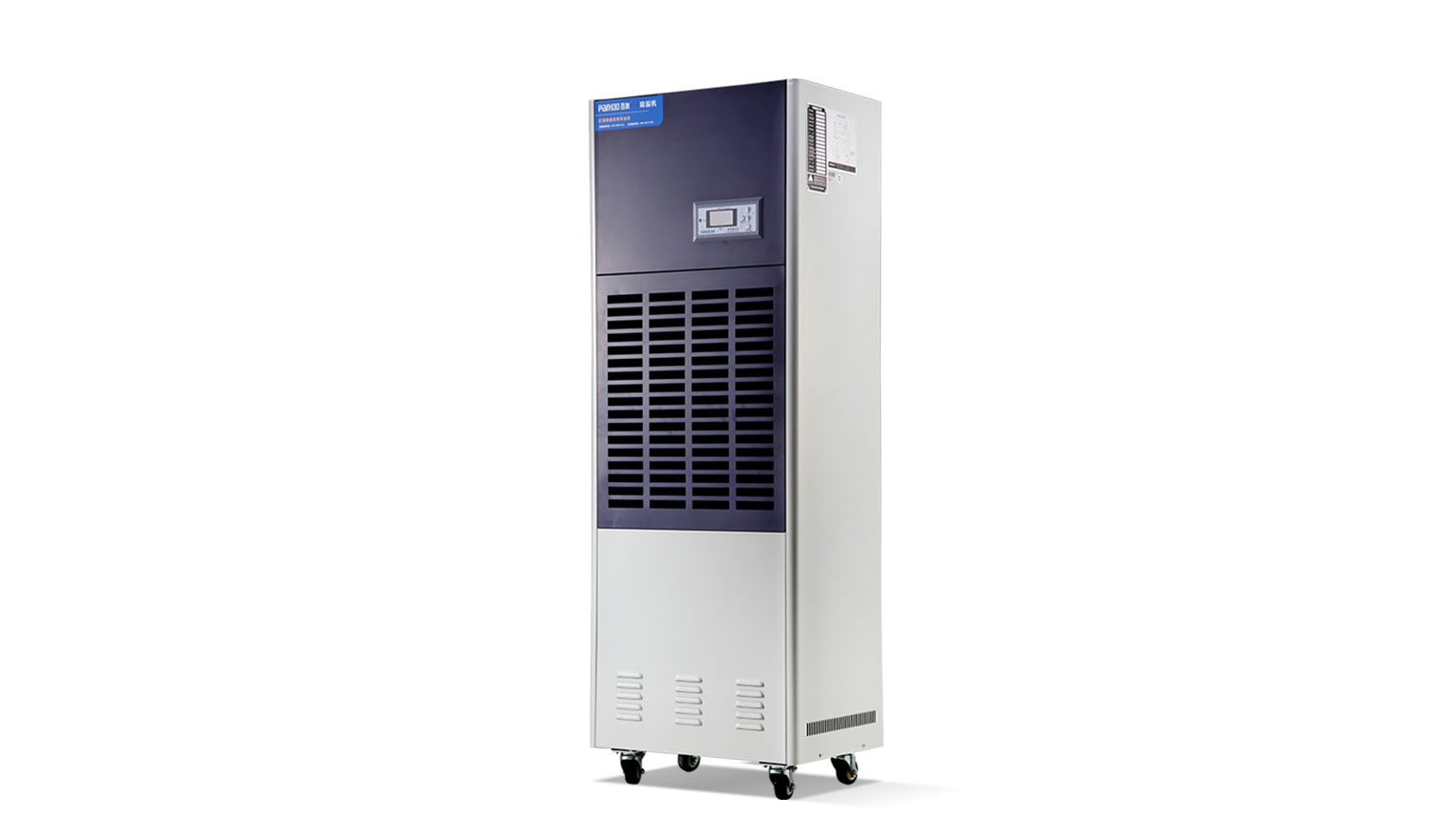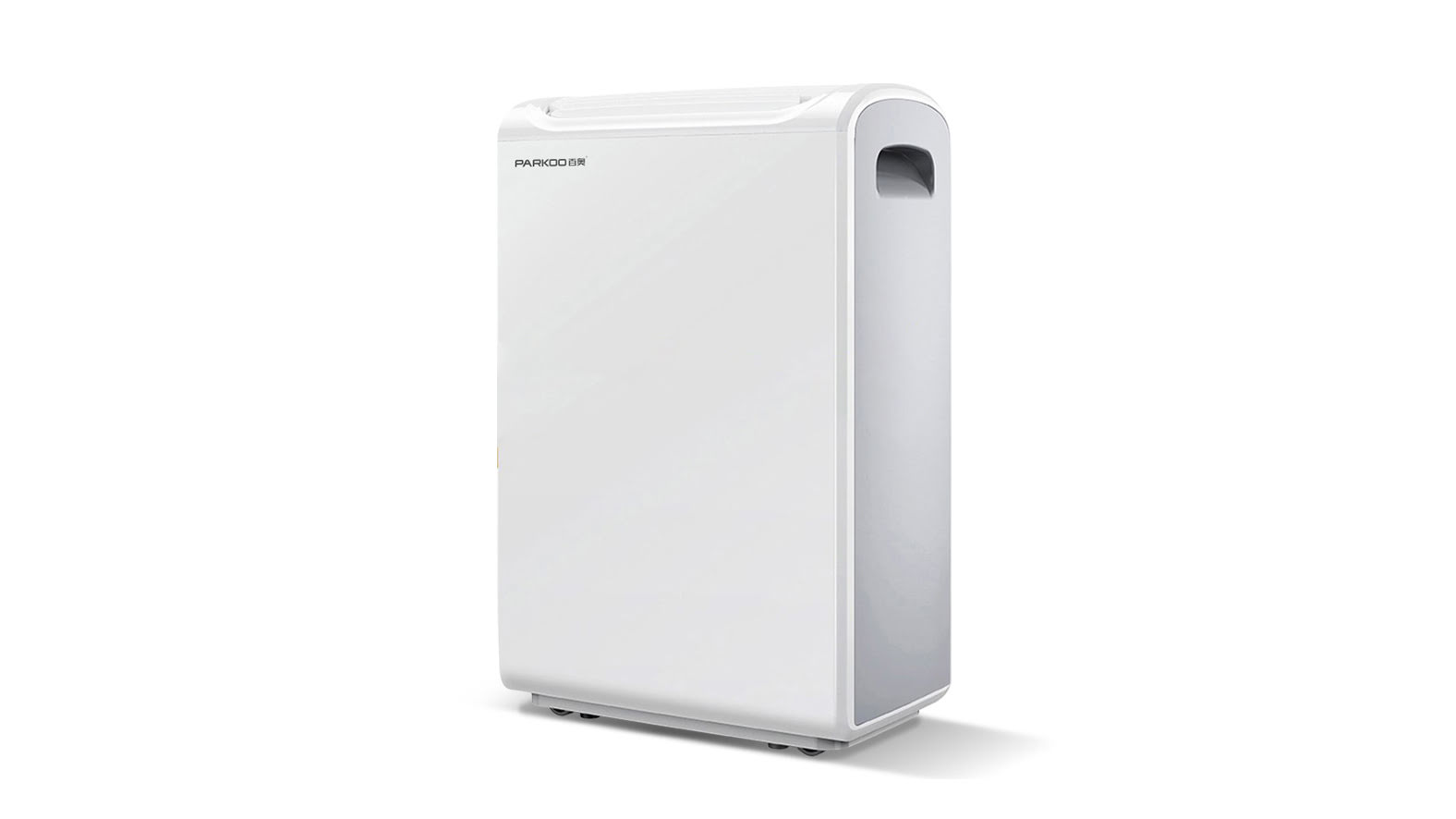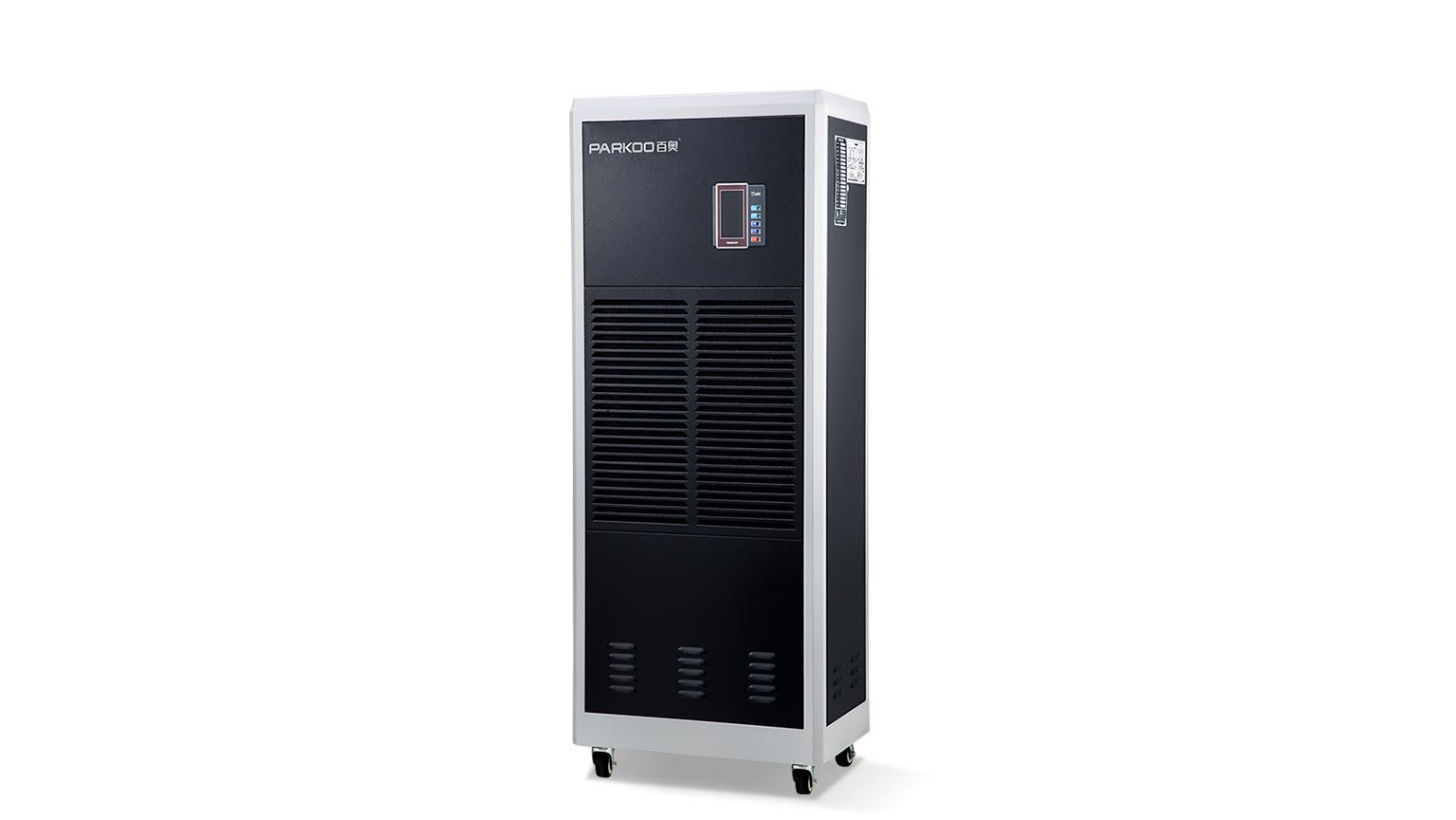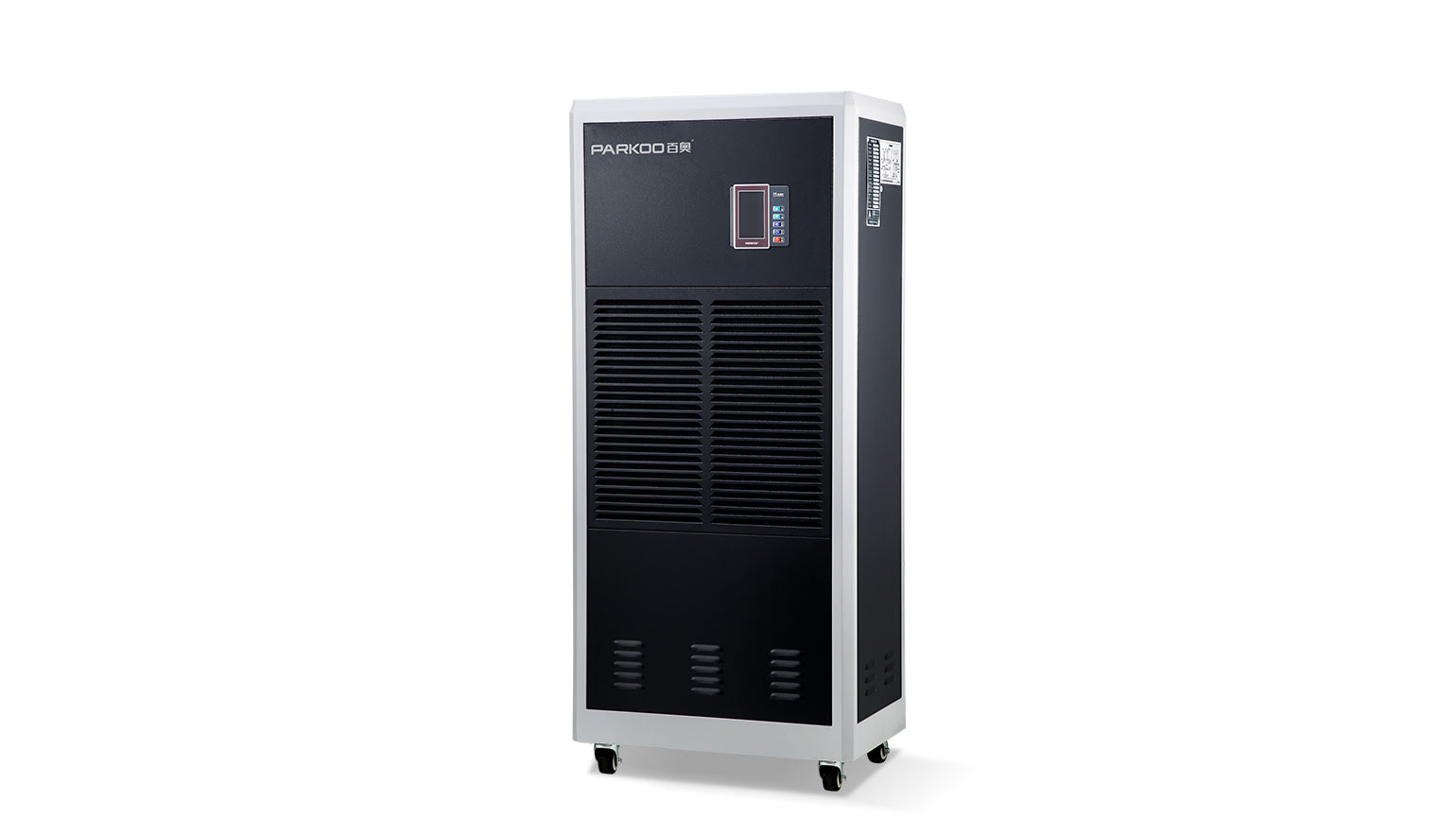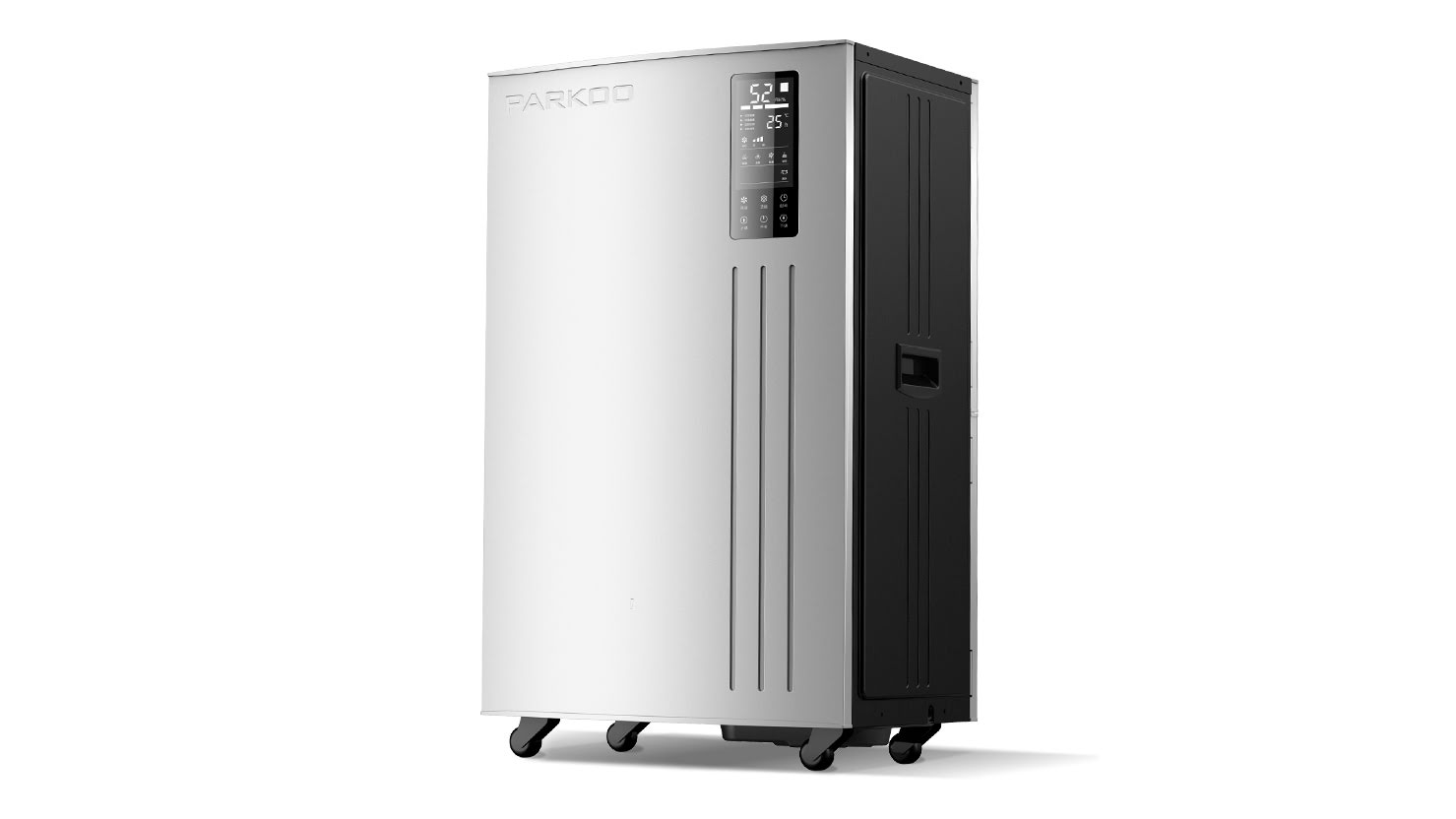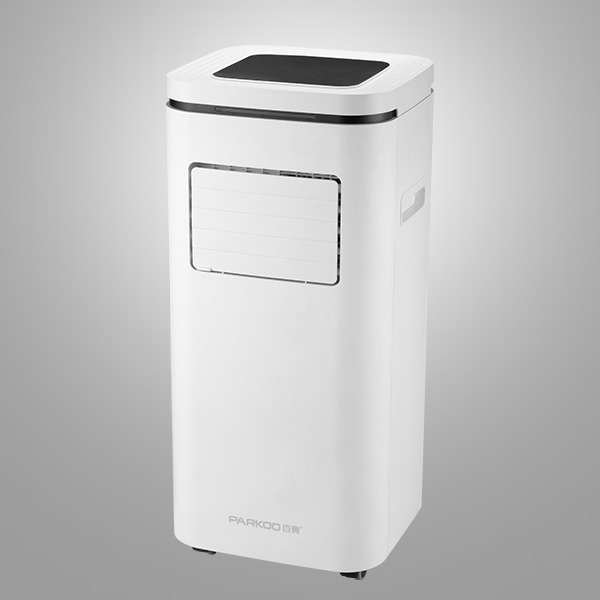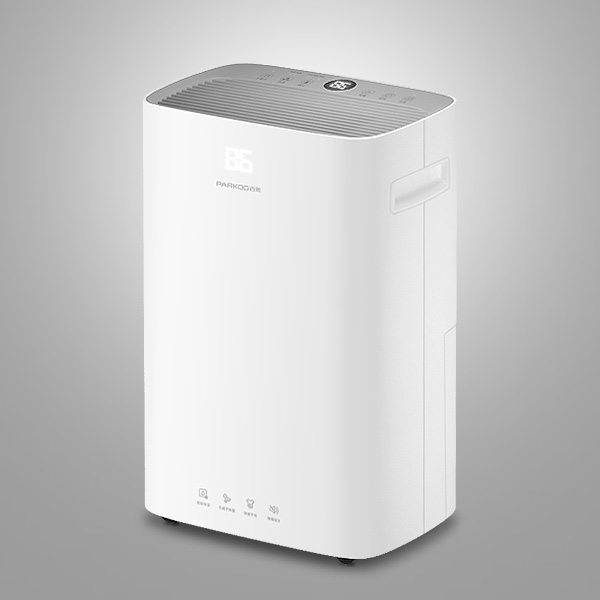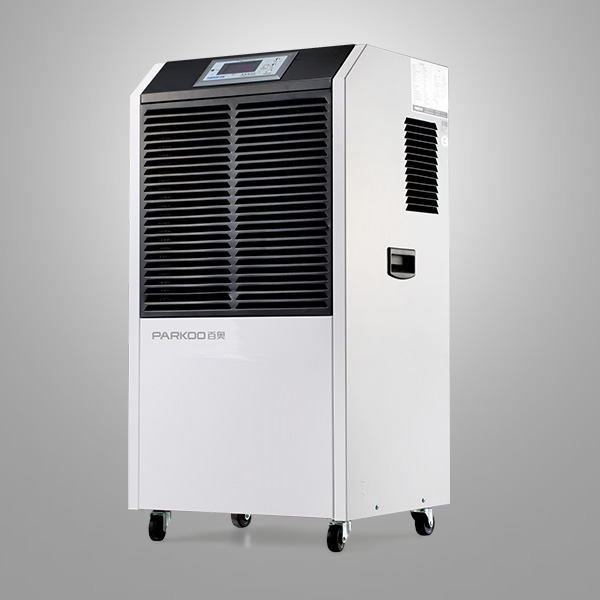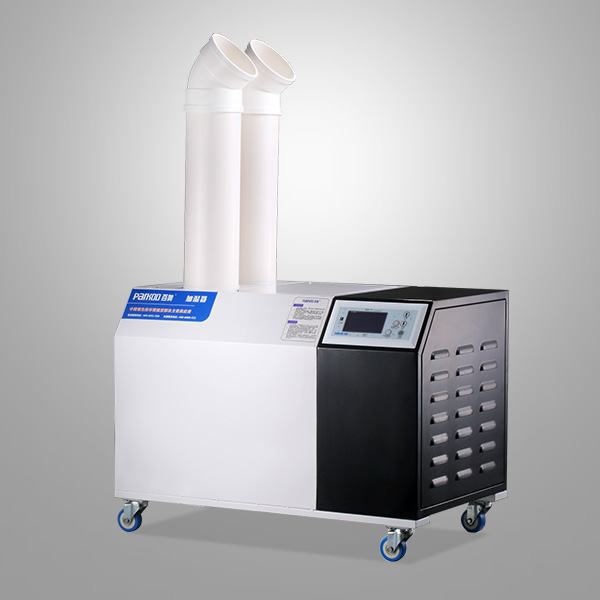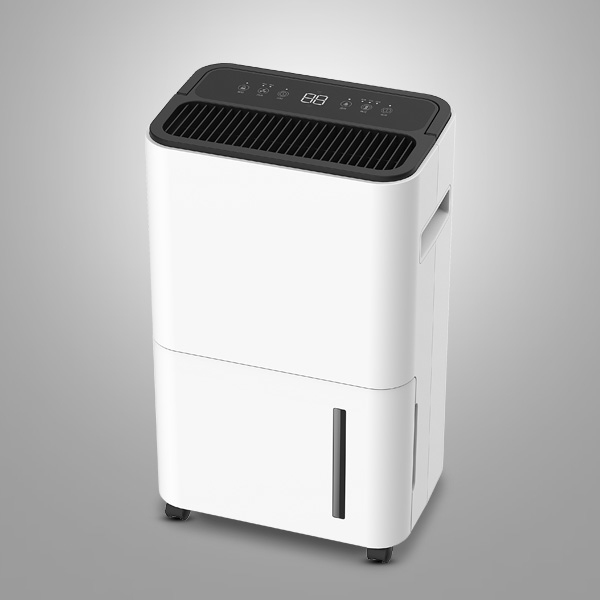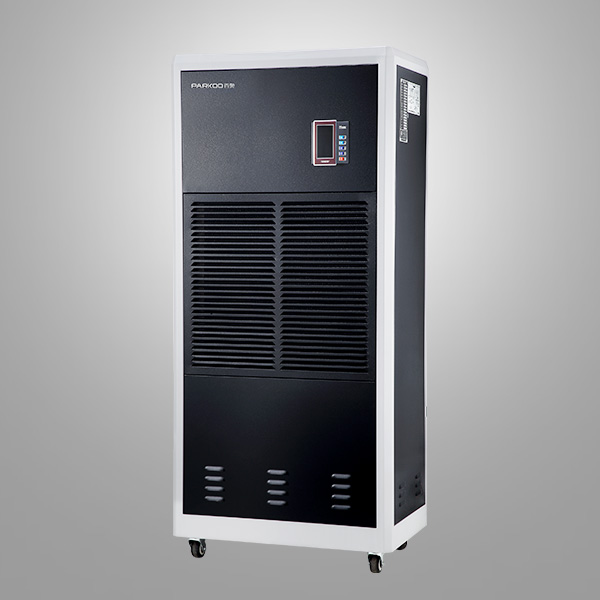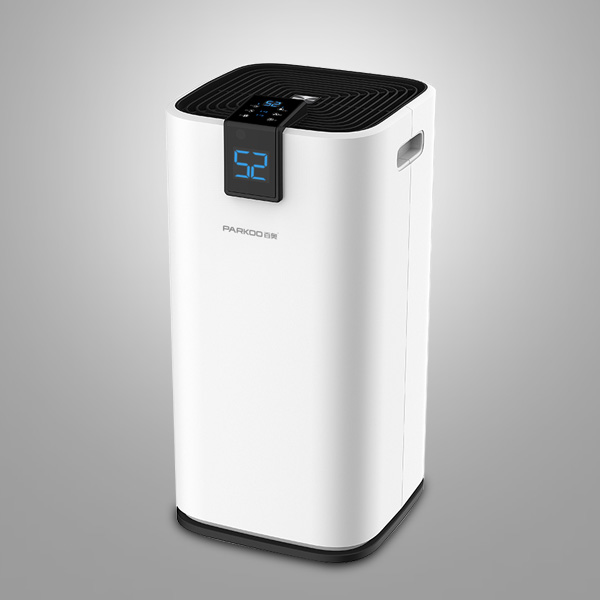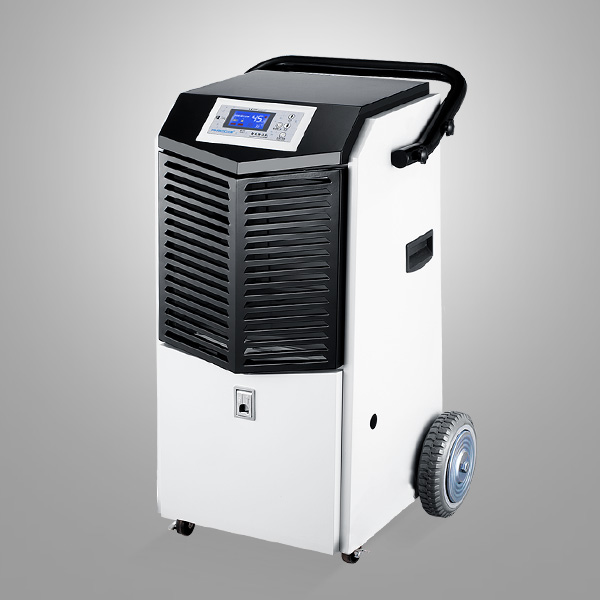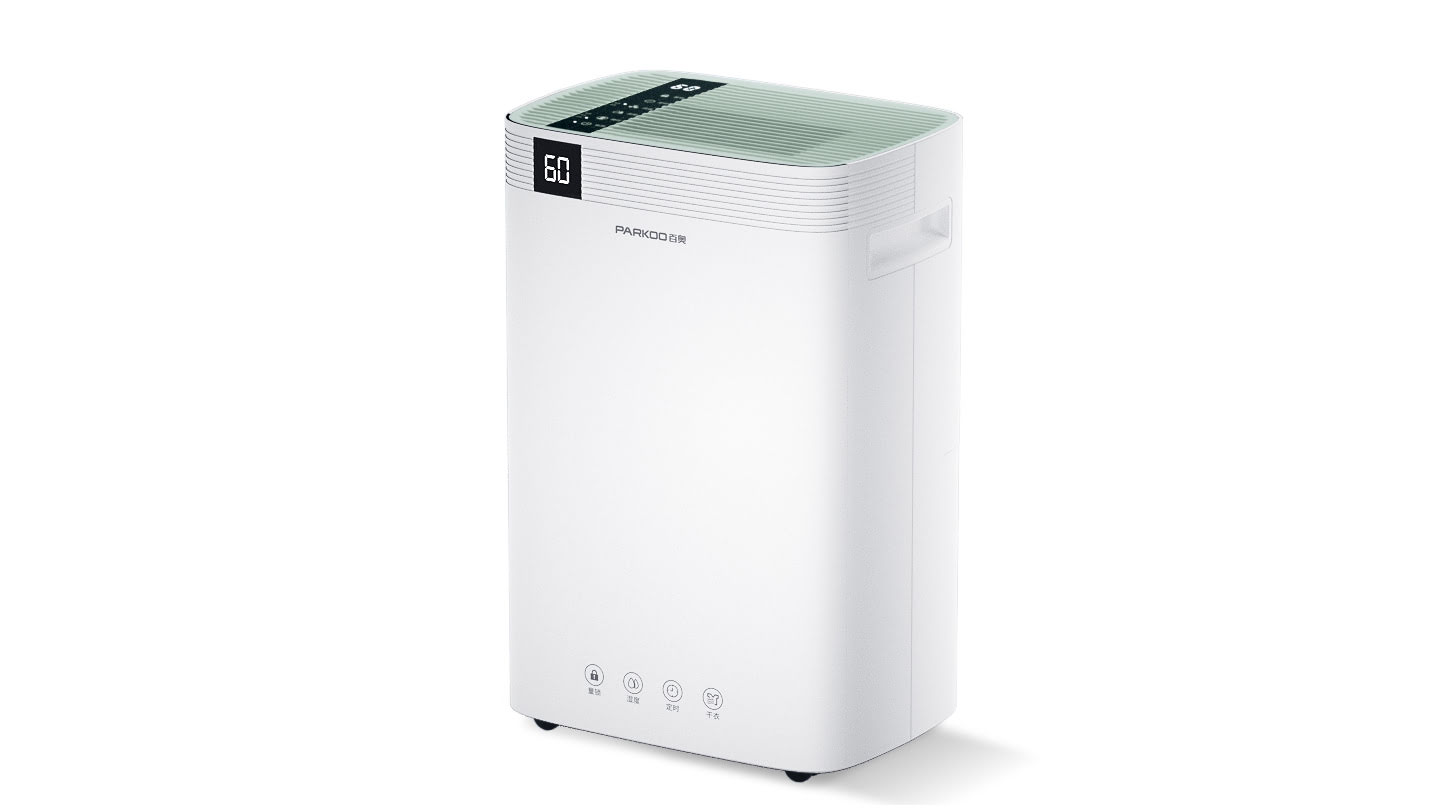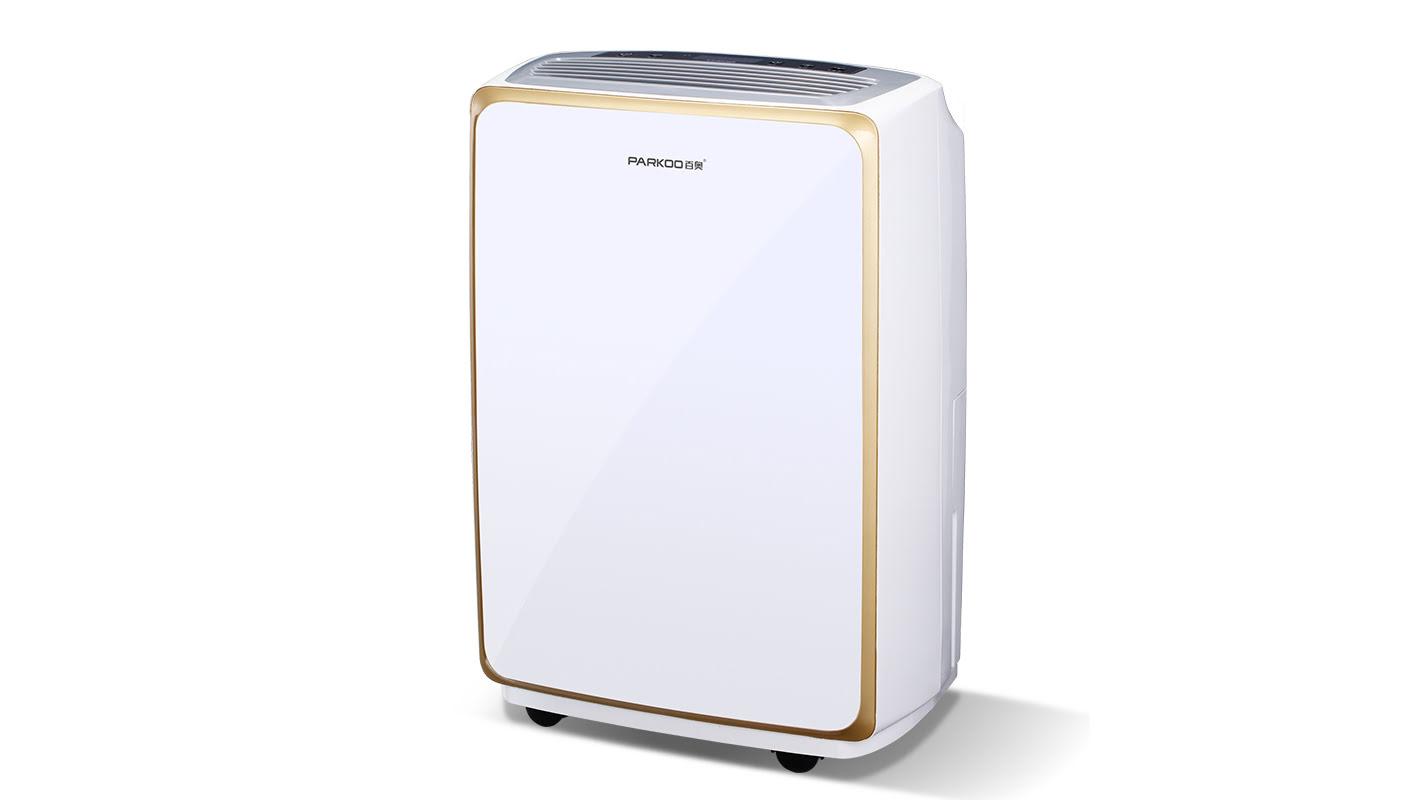HuMidity control in safety glass installations
"safety glass is vital to the Automotive and Construction industries. Safety glass is a type of glass that does not break upon severe vibration or impact, and even if it does break, it does not easily injure people. It is used in automobiles, airplanes, and doors and windows of special buildings. A special thin transparent plastic film is used as an adhesive between the layers of glass, crushing the glass together in the event of a breakage. this film is hygroscopic and tends to absorb Moisture during storage, prior to Manufacturing and during the bonding process.
Not affected by controlled humidity
The hygrosCOPic film absorbs moisture and Causes
Improper bonding of the two layers of glass
reduced clarity of the glass
Causes of uncontRolled humidity
Safety elements consist of a special bond between the glass layer and an internal film layer (PVB film). This PVB film is hygroscopic by nature and tends to absorb moisture during storage and assembly.
The moisture is trapped between the glass layers like air bubbles. The trapped moisture reduces the transparency of the glass and the bonding effect between the two layers, Making the product unsafe.
general Recommendations
The RH level in the glass lamination area should be Maintained at 20-22% at 68°F (20°C).
Dehumidifier solutions
Desiccant dehumidifiers dehumidifiers effectively maintain the exact conditions required for safety glazing. Desiccant dehumidifiers are an effective low-temperature humidity control solution that Prevents moisture from Returning. Desiccant dehumidifiers produce a low humidity Environment during the manufacture, storage and use of laminated adhesives, making safety glass safer.
